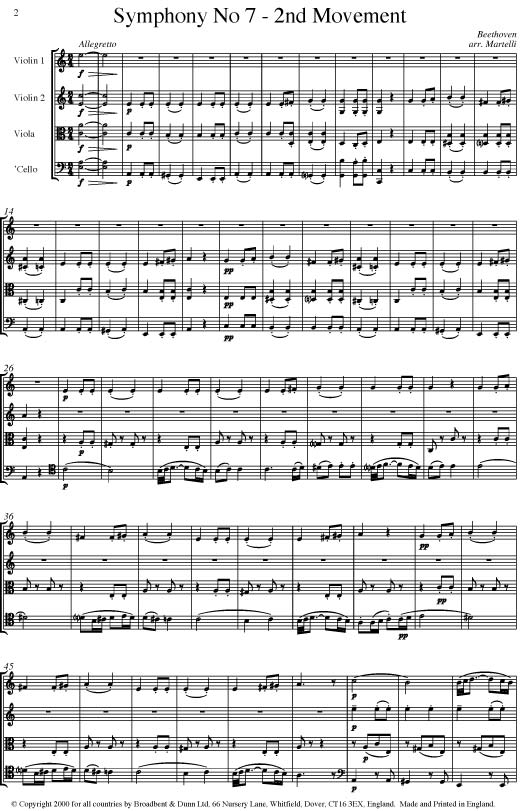
In the world at large, the period was marked by the Napoleonic Wars, political turmoil in Austria, and the occupation of Vienna by Napoleon’s troops in 1805. The final preparation of the Fifth Symphony, which took place in 1807–1808, was carried out in parallel with the Sixth Symphony, which premiered at the same concert.īeethoven was in his mid-thirties during this time his personal life was troubled by increasing deafness. However, Beethoven repeatedly interrupted his work on the Fifth to prepare other compositions, including the first version of Fidelio, the Appassionata piano sonata, the three Razumovsky string quartets, the Violin Concerto, the Fourth Piano Concerto, the Fourth Symphony, and the Mass in C. The first sketches date from 1804 following the completion of the Third Symphony. History Developmentīeethoven in 1804, the year he began work on the Fifth Symphony. The BBC, during World War Two, prefaced its broadcasts to Europe with those four notes, played on drums. Some thirty years after this piece was written, the rhythm of the opening phrase – “dit-dit-dit-dah” – was used for the letter “V” in Morse Code, though this is probably also coincidental. That Beethoven’s Victory Symphony happened to be his Fifth (or vice versa) is co-incidence. “V” is the Roman character for the number five the phrase “V for Victory” became well known as a campaign of the Allies of World War II.

Since the Second World War it has sometimes been referred to as the “Victory Symphony”.


The symphony, and the four-note opening motif in particular, are known worldwide, with the motif appearing frequently in popular culture, from disco to rock and roll, to appearances in film and television. It begins by stating a distinctive four-note “short-short-short-long” motif twice: Hoffmann described the symphony as “one of the most important works of the time”. It is one of the best-known compositions in classical music, and one of the most frequently played symphonies. First performed in Vienna’s Theater an der Wien in 1808, the work achieved its prodigious reputation soon afterward. 5 in C minor of Ludwig van Beethoven, Op.


 0 kommentar(er)
0 kommentar(er)
